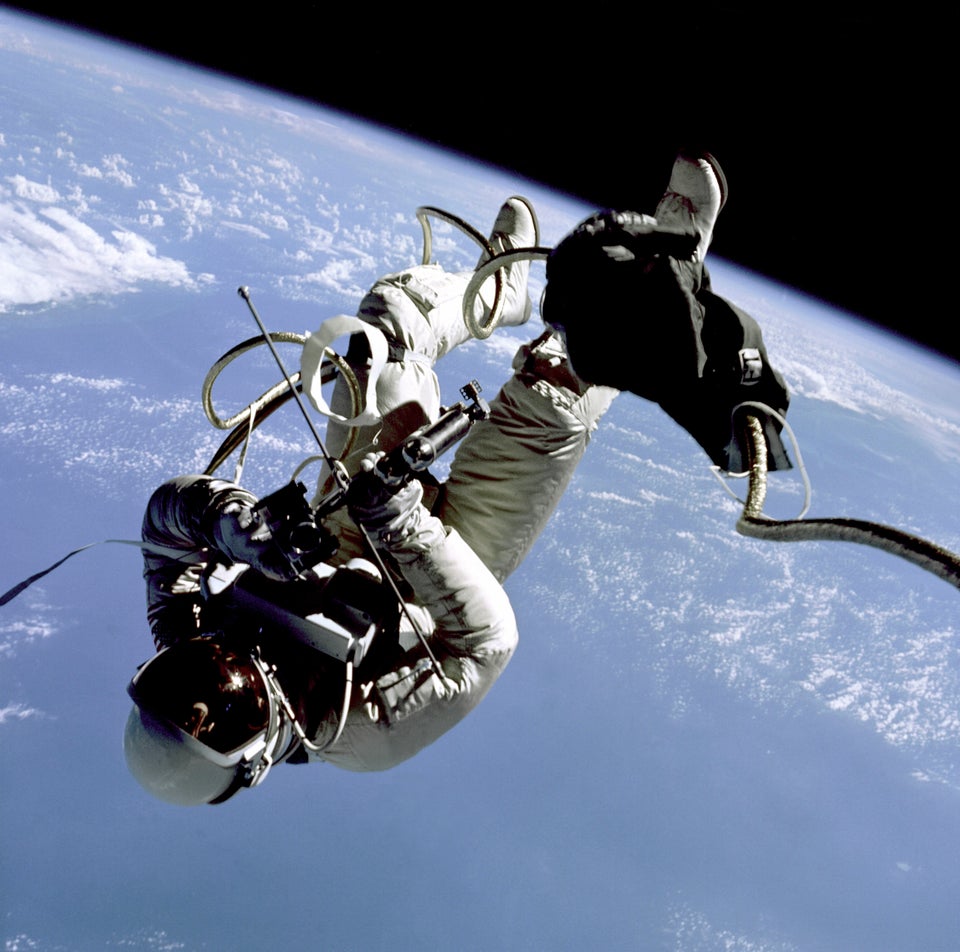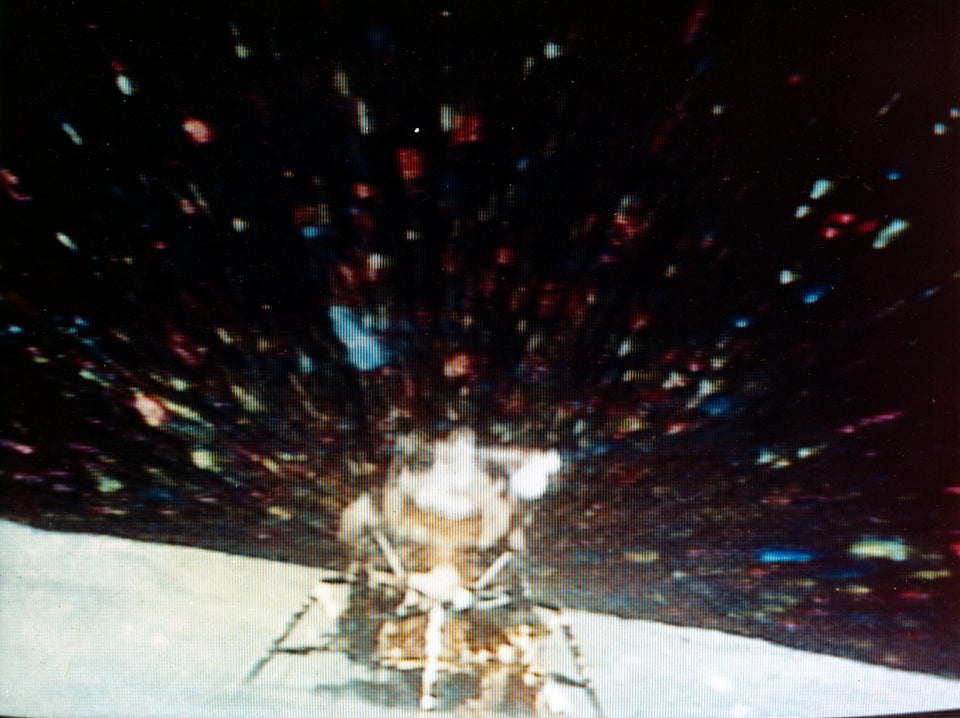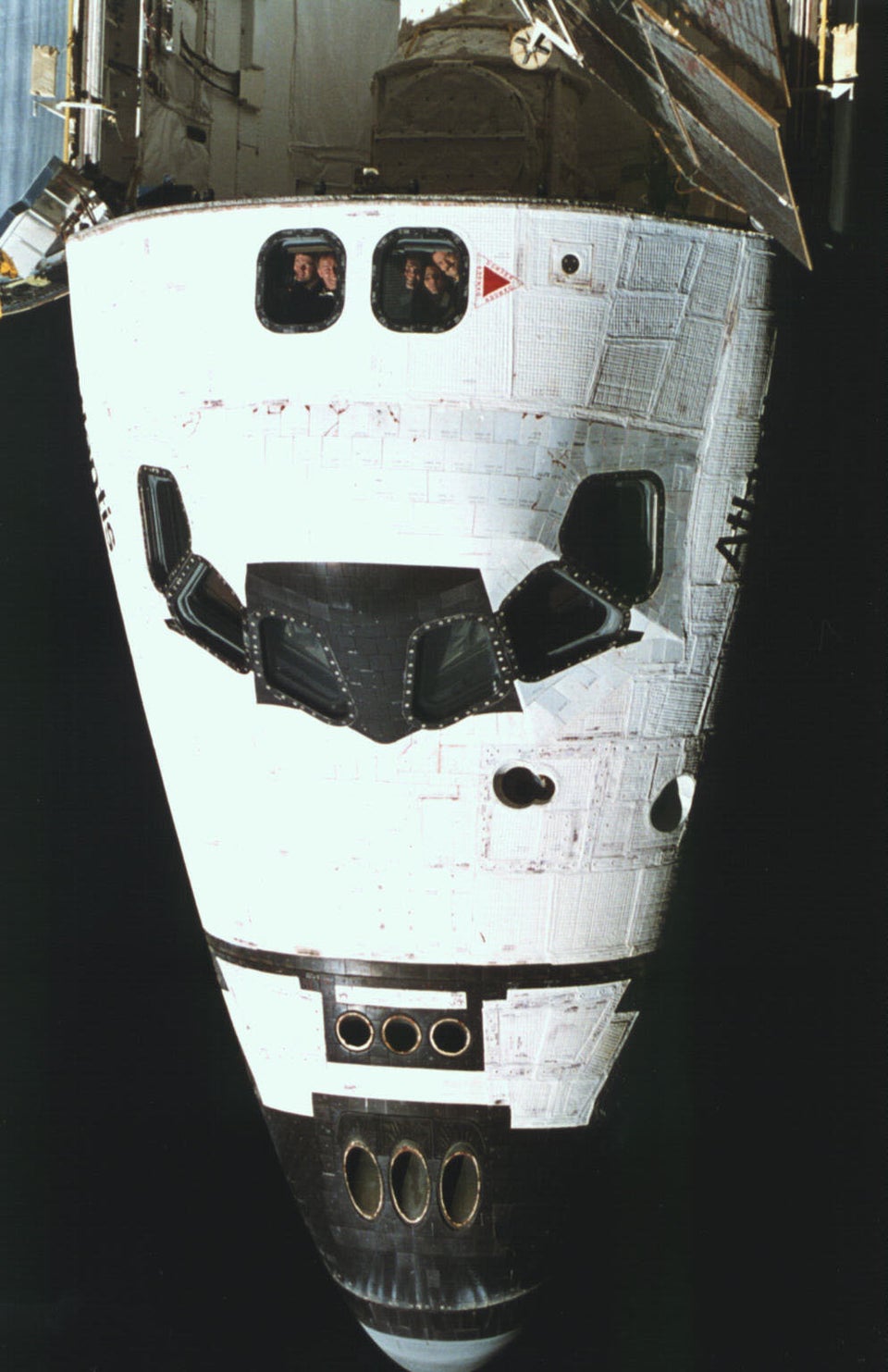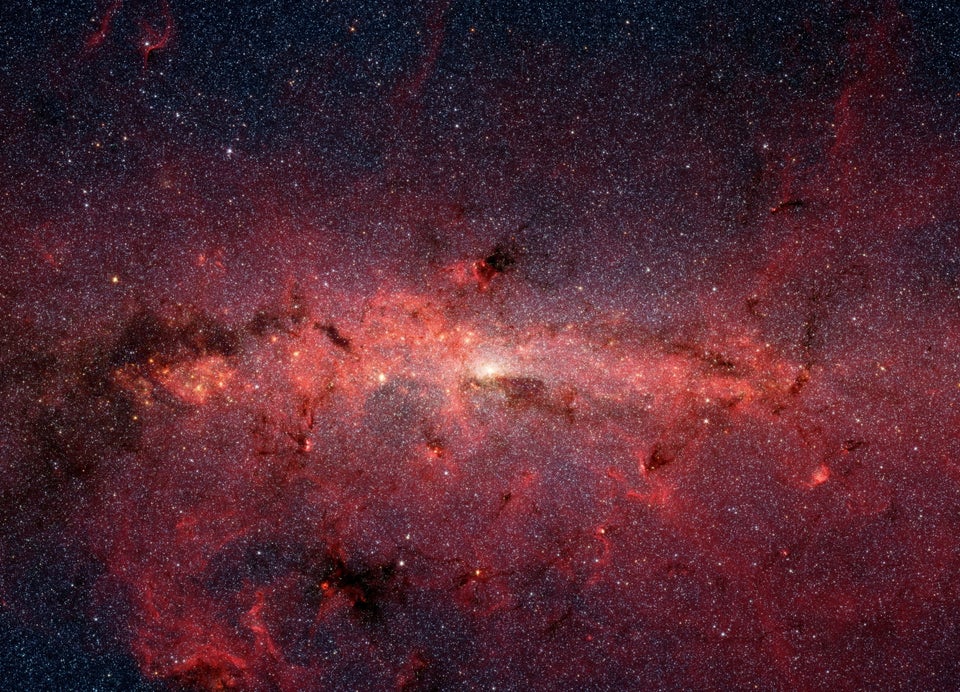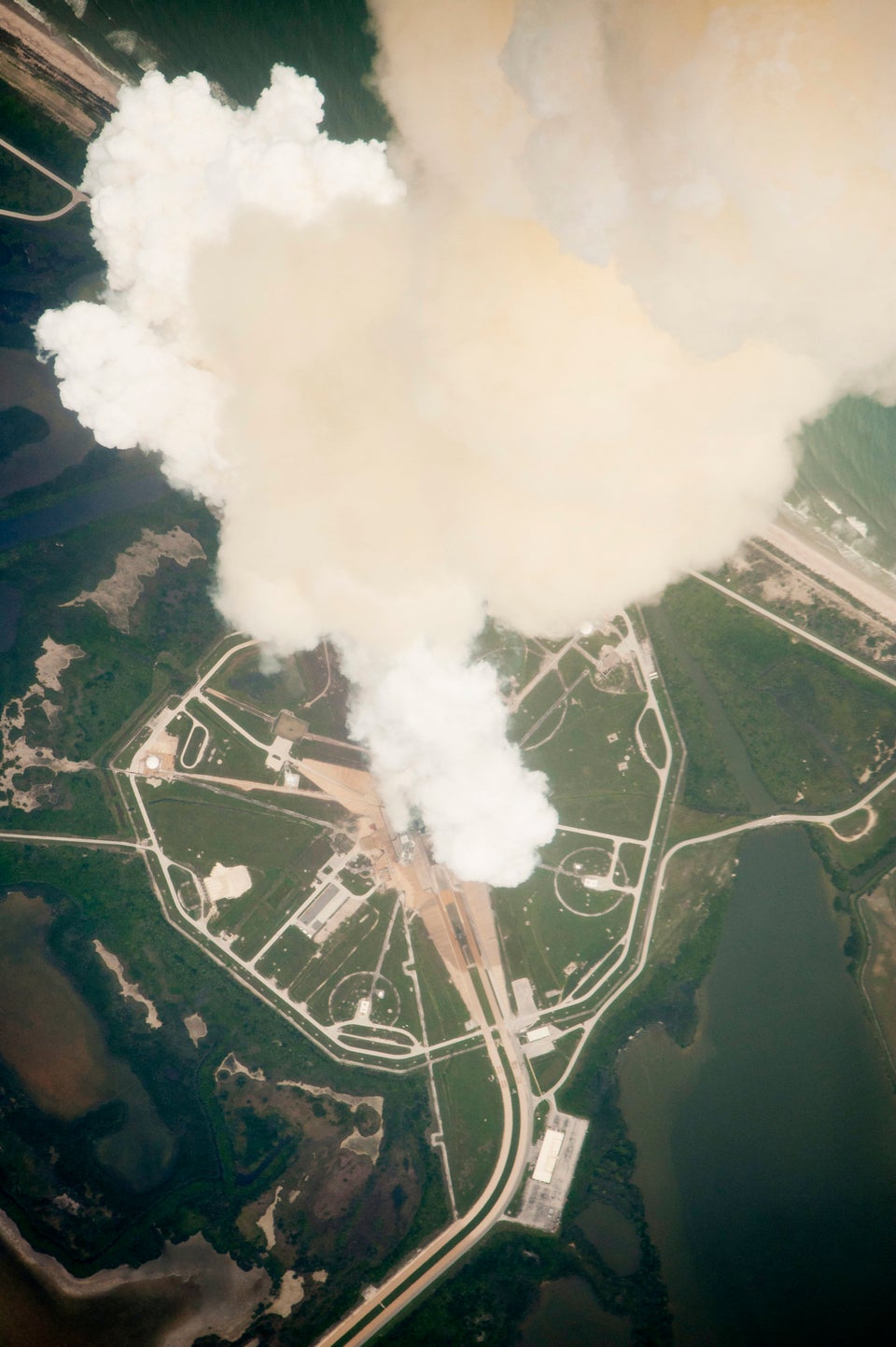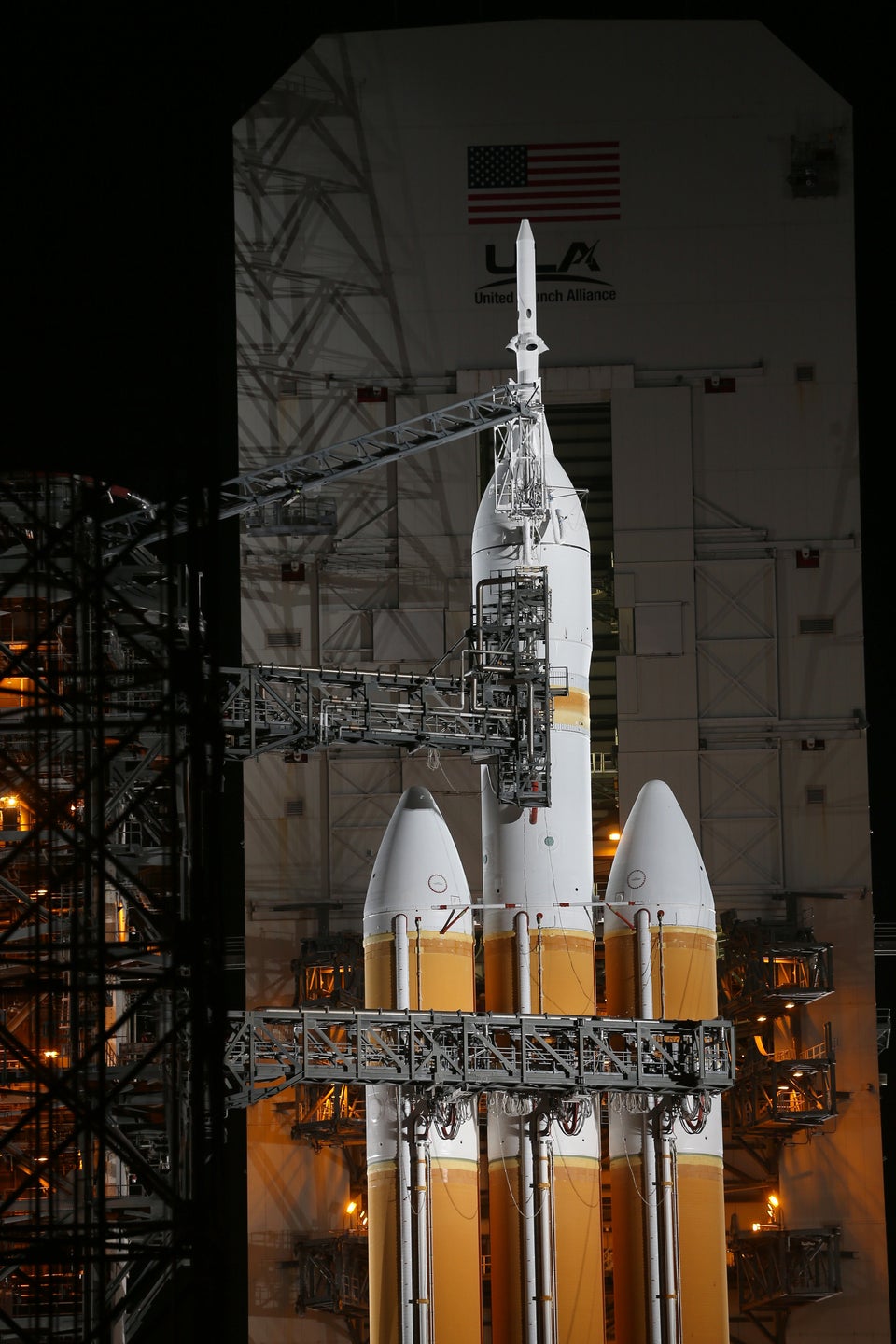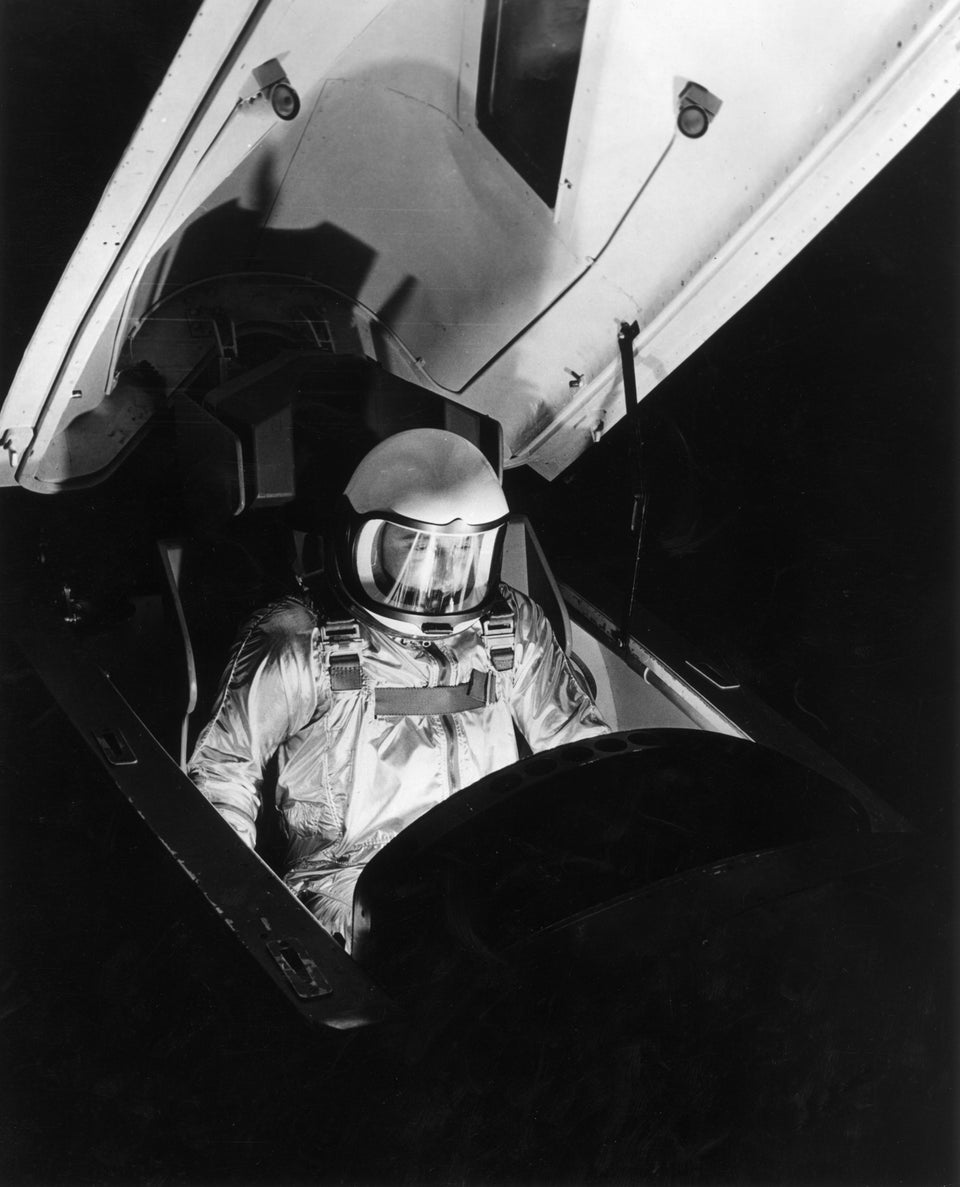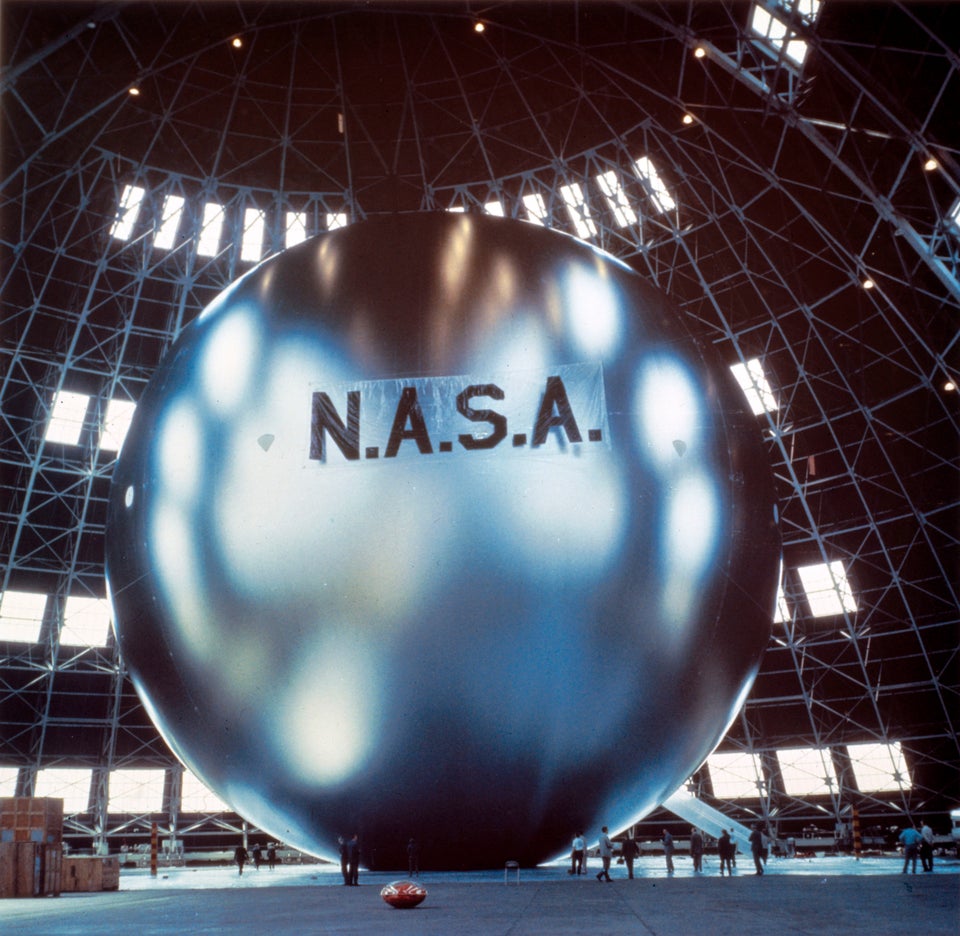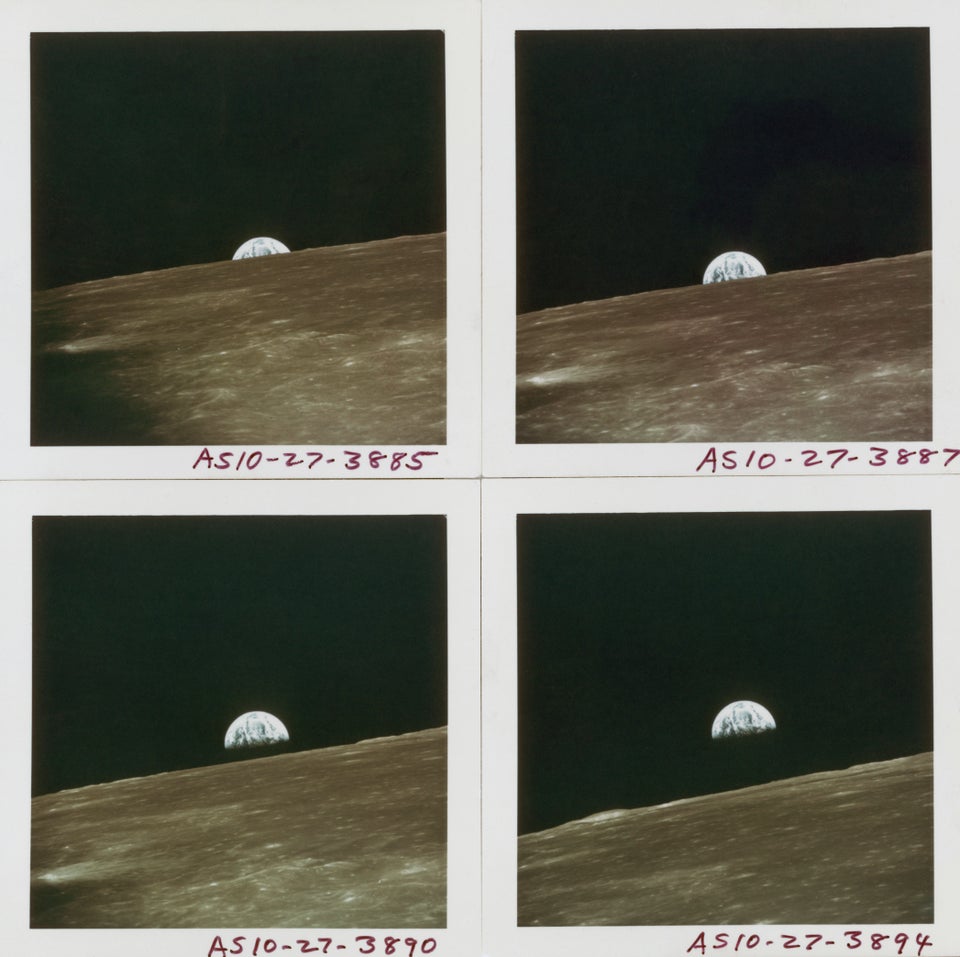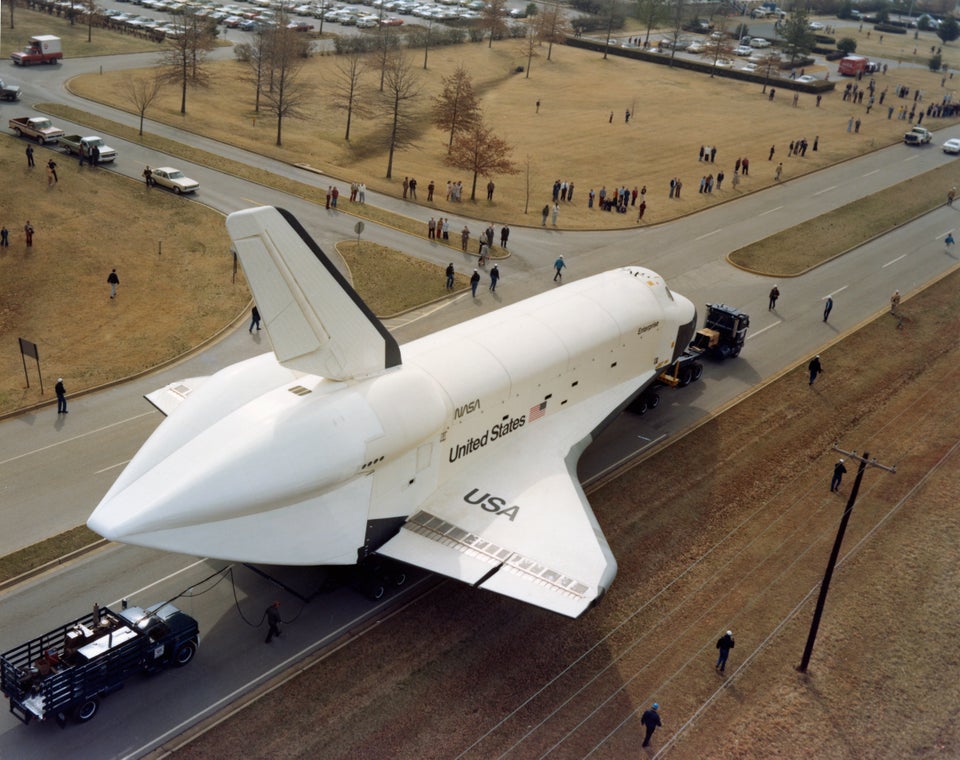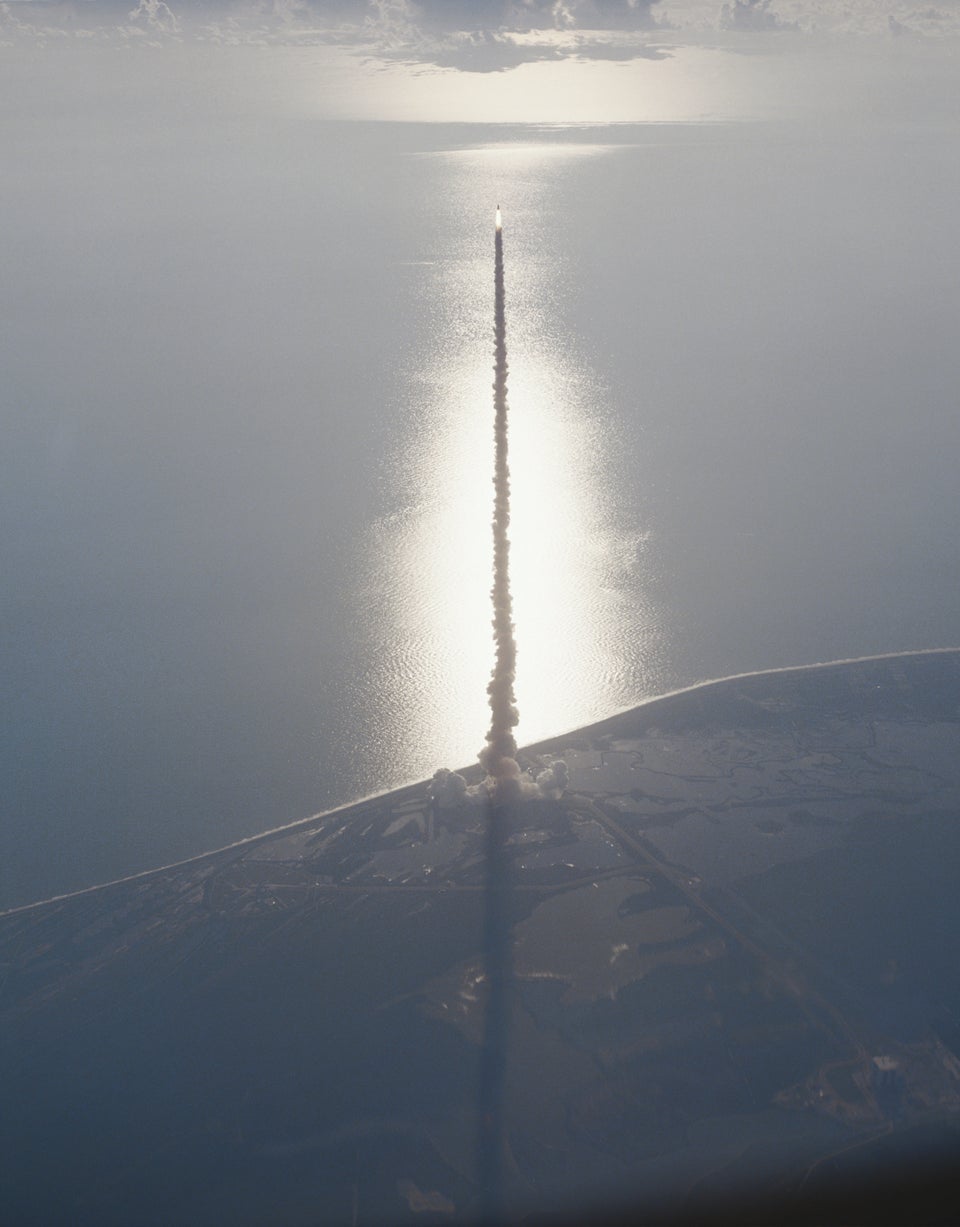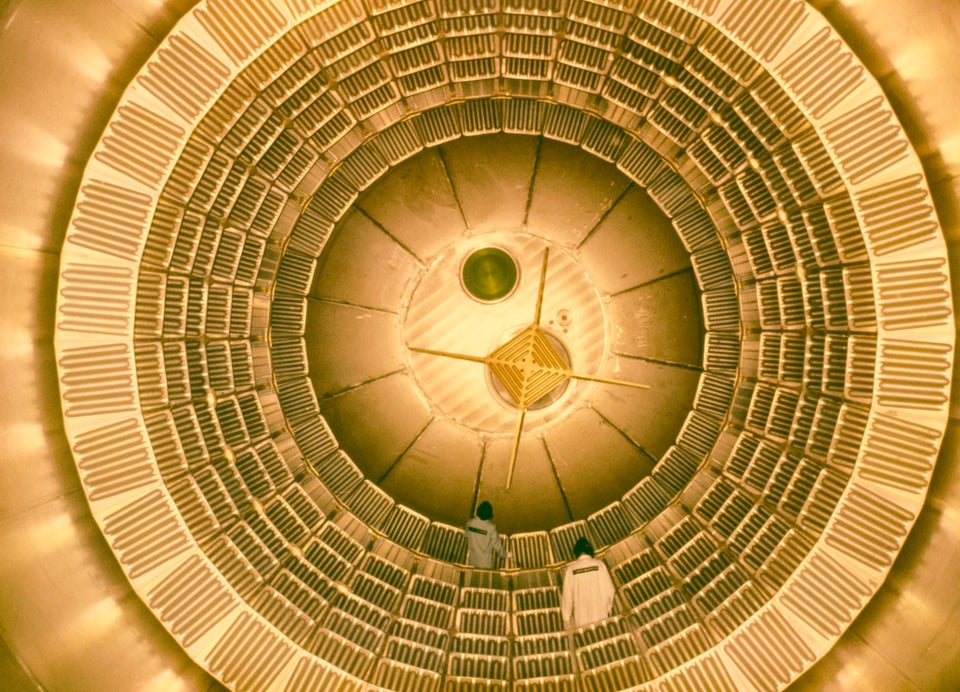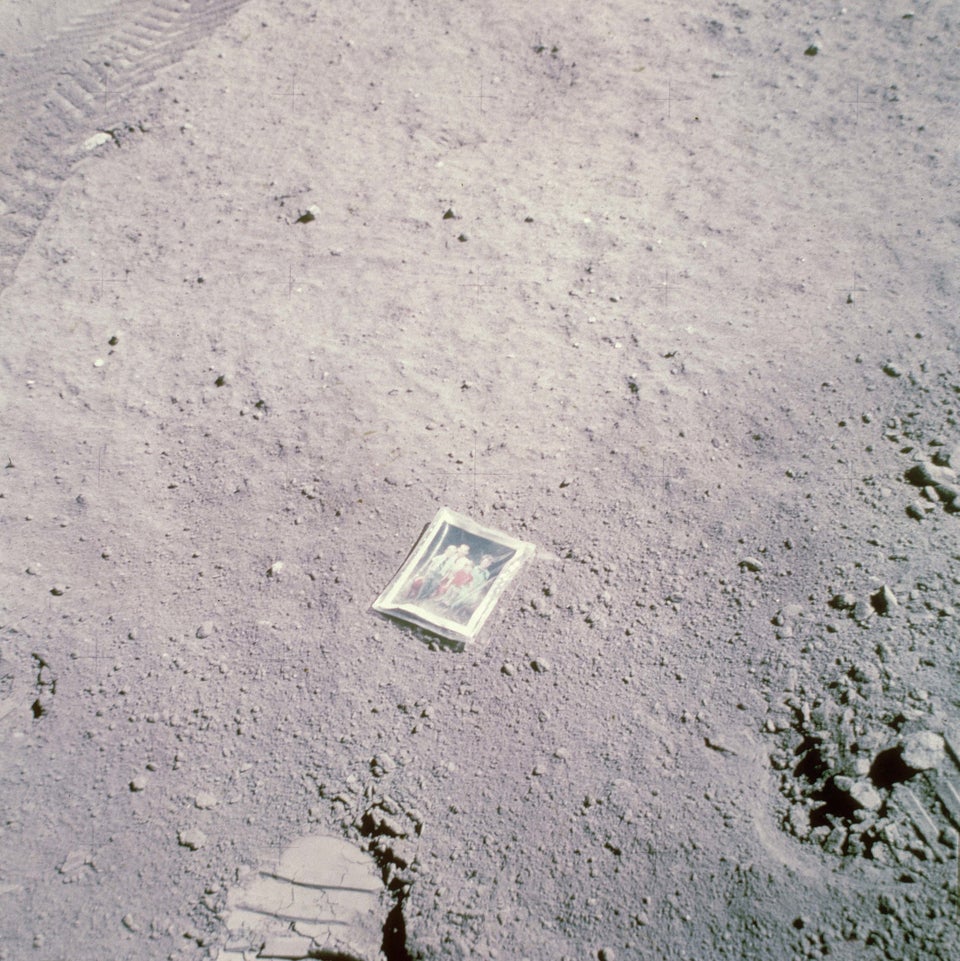For veteran astronaut Peggy Whitson, 2017 is another record-breaking year.
In January, Whitson became the oldest woman to carry out a spacewalk, after becoming the oldest woman to enter space just two months before.
Then in March, she set the record for the most time spent spacewalking by a female astronaut.
Now, the 57-year-old can lay claim to another title: on Sunday she became the first two-time female commander of the International Space Station (ISS). She’s also the first woman to have led ISS.
As the outgoing ISS commander Shane Kimborough handed over control, Whitson said: “Well up here we don’t wear shoes, but Shane is leaving some pretty big socks for me to fill.”
But Whitson’s record-breaking streak doesn’t stop there.
On 24 April, she will have spent 535 days in space, more than any other American. The record is currently held by NASA’s Jeff Williams.
Her latest stint on the ISS was due to end on 2 June, but Whitson is now set to stay until September as Russia reduces the number of cosmonauts on the ISS from three to two.
When she departs the station, Whitson will have clocked 665 days in orbit. The all-time record, 878 days, is held by Russian cosmonaut Gennady Padalka.
NASA’s Most Famous Images
Edward H. White II, pilot of the Gemini 4 spacecraft, floats in the zero gravity of space with an earth limb backdrop circa November 1965.
Kinescope images of astronaut Commander Neil Armstrong in the Apollo 11 space shuttle during the space mission to land on the moon for the first time in history on July 20, 1969
The ascent stage of Orion, the Apollo 16 Lunar Module, lifts of from its descent stage to rendezvous with the Apollo 16 Command and Service Module, Casper, with astronaut Thomas Mattingly aboard in lunar orbit on 23rd April 1972.
Five NASA astronauts aboard the Space Shuttle Atlantis look out overhead windows on the aft flight deck toward their counterparts aboard the Mir Space Station in March of 1996.
Photograph of the Milky Way Galaxy captured by NASA's Spitzer Space Telescope. Dated 2007.
The exhaust plume from space shuttle Atlantis is seen through the window of a Shuttle Training Aircraft (STA) as it launches from launch pad 39A at the Kennedy Space Center July 8, 2011 in Cape Canaveral, Florida.
A United Launch Alliance Delta 4 rocket carrying NASA's first Orion deep space exploration craft sits on its launch pad as it is prepared for a 7:05 AM launch on December 4, 2014 in Cape Canaveral, Florida.
A military pilot sits in the cockpit of an X-15 experimental rocket aircraft, wearing an astronaut's spacesuit circa 1959.
Echo 1, a spherical balloon with a metalized skin, was launched by NASA on 12th August 1960. Once in orbit the balloon was inflated until it reached its intended diameter of 30 metres and it was then used as a reflector to bounce radio signals across the oceans.
Four views of Earth rising above the lunar horizon, photographed by the crew of the Apollo 10 Lunar Module, while in lunar orbit, May 1969.
American geologist and Apollo 17 astronaut Harrison Hagan Schmitt stands next to the US flag on the surface of the moon, during a period of EVA (Extra-Vehicular Activity) at the Taurus-Littrow landing site, December 1972.
The space shuttle 'Enterprise' (NASA Orbiter Vehicle 101) makes its way along Rideout Road (Alabama State Route 255) to the Marshall Space Flight Center near Huntsville, Alabama, 15th March 1978.
A crowd of people, viewed from behind, watch the launch of the first NASA Space Shuttle mission (STS-1), with Columbia (OV-102) soaring up into the sky, leaving a trail of exhaust smoke, in the distance from the launchpad at the Kennedy Space Center, Florida, USA, 12 April 1981.
Astronaut Bruce McCandless II photographed at his maximum distance (320 ft) from the Space Shuttle Challenger during the first untethered EVA, made possible by his nitrogen jet propelled backpack (Manned Manuevering Unit or MMU) in 1984.
Aerial shot of the launch of Space Shuttle Discovery (STS-41-D) as it takes off, leaving a trail of exhaust smoke, from Kennedy Space Center, Florida, USA, 30 August 1984.
Two technicians inside a Space Shuttle external tank, circa 1985.
An astronaut's bootprint leaves a mark on the lunar surface July 20, 1969 on the moon. The 30th anniversary of the Apollo 11 Moon mission is celebrated July 20, 1999.
Astronaut Charles Moss Duke, Jr. leaves a photograph of his family on the surface of the moon during the Apollo 16 lunar landing mission, 23rd April 1972.
Related
